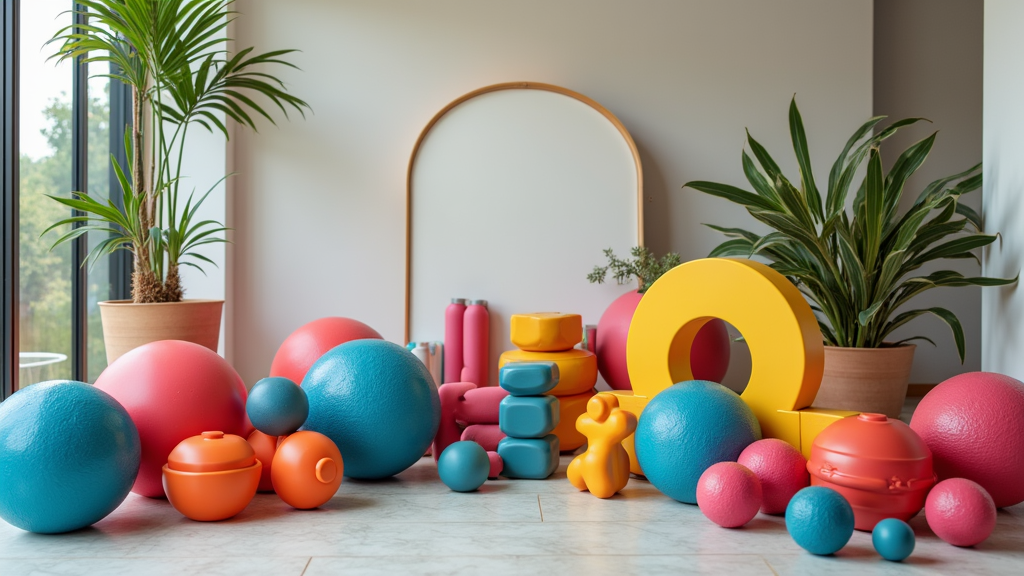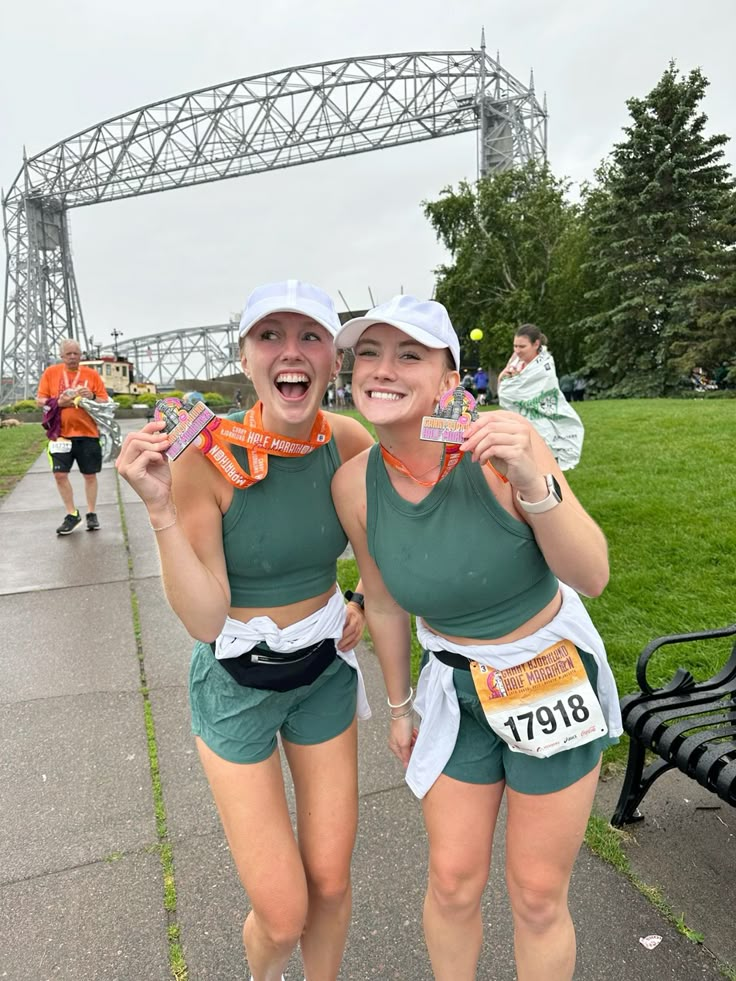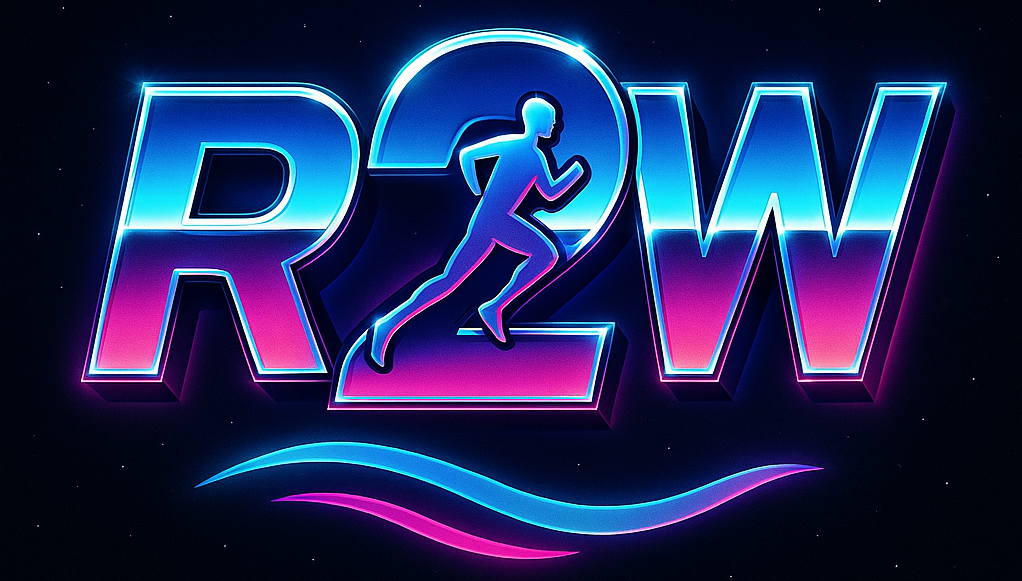
Many teens see exercise as a chore rather than a fun activity. However, when physical activity is made interesting, it can become a favorite part of the day. Teens are in a stage where creativity and social interaction matter a lot. They benefit from activities that are engaging and offer a welcome break from routine schoolwork. This article shares five fun and unique ways to encourage teens to exercise regularly. With all-in-one steps and plenty of examples, these ideas aim to turn exercise from an obligation into an exciting adventure. The purpose here is to help educators and parents reimagine everyday routines into engaging activities that not only boost physical health but also nurture creativity and social bonds. By mixing different methods and experimenting with new styles of movement, teens can build long-lasting habits that contribute to both mental and physical well-being. This guide is designed to provide clear instructions and plenty of ideas so that every teen can find an approach that really resonates with them.
Step 1: Gamify the Exercise Experience
One creative way to motivate teens is to turn workouts into interactive games. Many teens enjoy challenges, competitions, and rewards. By merging physical activity with the excitement of gaming, you can create a routine that sparks their interest. Gamifying exercise means turning each session into a quest filled with points, levels, and even small prizes. This method makes the session feel less like forced exercise and more like a fun challenge that they get to master. In addition, the competitive aspect allows for self-improvement while celebrating small victories.
How to Start Gamifying:
- Set up a point system for different exercises such as jumping jacks, running laps, or even yoga poses. Each exercise can have a different value to keep things interesting.
- Create a leaderboard where teens can track their progress over days or weeks. This visual way of keeping score creates a sense of achievement and friendly rivalry.
- Introduce bonus rounds or challenges where extra points are earned by trying a new exercise or beating a personal record. Changing the rules occasionally can refresh their interest.
- Offer small rewards like extra screen time, a healthy snack, or even a fun outing when goals are met. These rewards help build a positive association with exercise.
This approach transforms standard workouts into a series of challenges where every move is part of an interactive game. Teens end up focusing more on the enjoyment of the quest than on the effort required, making daily exercise something they look forward to rather than resist.
To add further excitement to this gamified routine, consider integrating team challenges or one-on-one duels where the focus is on fun rather than perfection. Encourage teens to come up with creative names for their teams and even design badges or digital tokens that reflect their achievements. As they keep track of scores, the simple act of counting points builds both physical stamina and mental alertness.
Step 2: Integrate Social and Group Activities
Exercise becomes more appealing when it is shared with friends. Teens are naturally social and thrive on group dynamics. Organizing team sports, group challenges, or even dance-offs can transform a mundane workout into a social event. The competitive yet supportive nature of group activities gives teens a sense of accountability and belonging. When surrounded by peers, they are more likely to stick with a routine while enjoying the collaborative spirit of group efforts.
Ideas for Group Engagement:
- Start a weekend sports club that rotates different games such as basketball, soccer, or ultimate frisbee. Changing the sport every week keeps everyone engaged and excited.
- Arrange after-school fitness challenges where teens compete in mini-tournaments such as obstacle courses or relay races. These fun competitions encourage creativity and strategic thinking.
- Encourage peer-led classes, where one teen might host a workout session and share their favorite moves or routines. This not only boosts confidence but also builds leadership skills.
- Set up a system for rotating leadership roles so that each teen gets a chance to plan an activity and guide the group. This dynamic helps create an inclusive environment where everyone’s ideas are valued.
By incorporating group elements, exercise transforms into a shared adventure. The process of working together, cheering one another on, and celebrating group achievements reinforces bonds among peers. With every group session, teens learn about teamwork and build communication skills that extend well beyond the field or gym.

Find a good friend to team up with for your next endeavor, someone who can offer both inspiration and motivation along the way. By supporting each other and providing much-needed pick-me-ups, you’ll navigate challenges with greater ease. Be wise in your choice and select a friend whose outlook is naturally optimistic – their “glass half full” perspective can be contagious and invaluable in maintaining a positive and driven mindset throughout your journey.
This strategy also offers flexibility. If some teens are less competitive, the focus on collaboration ensures that everyone can participate equally without stress. Regular group activities make it easier for participants to try new forms of exercise and discover hidden talents in sports they might not have considered before.
Step 3: Incorporate Technology and Interactive Tools
Today’s teens are digital natives, and smart devices are part of everyday life. Integrating technology into physical routines can create new ways to enjoy moving around. Using fitness apps, interactive video games, and even virtual reality platforms can transform exercise into an immersive activity. For teens who are used to spending time on screens, technology provides a bridge to more engaging physical movement.
How Technology Can Help:
- Introduce fitness apps that track progress, set challenges, and celebrate milestones. Many of these apps reward step counts and workout times with digital badges, making the experience visually rewarding.
- Use interactive video games that require movement, such as dance games or sports simulations. These games offer a playful twist and make physical activity part of an immersive gaming experience.
- Explore virtual reality fitness programs that transport teens into various exciting worlds where physical movement is part of the adventure. Such experiences not only entertain but also encourage longer and more consistent engagement.
- Link social media with tech-based workouts by encouraging teens to share progress with friends and family. This creates a digital support network that celebrates achievements and motivates further action.
When technology is woven into their routine, teens get to monitor their progress in real time. The visual representations of their milestones tend to be very motivating. In addition, periodic updates or new features in such apps can continuously refresh their interest, ensuring that technology remains a positive, energizing part of the exercise routine rather than an interruption.
Furthermore, mixing digital challenges with real-world movement creates a balanced approach. Teens learn to use technology as a tool for self-improvement while still engaging in active, hands-on exercises. The blend of digital tracking and physical activity ensures that they are both mentally stimulated and physically active.
Step 4: Mix It Up with Creative Challenges
It is easy for any repetitive activity to become boring over time. One effective tactic to keep teens motivated is to introduce creative challenges that vary the routine. These challenges might be based on time, skill, or even themed around current trends or seasonal events. The secret is to keep the workouts fresh and give teens a regular dose of novelty.
Implementing Creative Challenges:
- Create weekly challenges that ask teens to try a new type of exercise each week. For instance, one week could feature a dance workout while the next might introduce martial arts moves. The variety keeps engagement high and adapts to different interests.
- Host themed fitness days where the exercise routine is tied to a fun, engaging theme. Consider a ‘pirate day’ complete with obstacle courses designed like a treasure hunt or a superhero day that encourages creative movement. The themed approach makes the event more memorable and fun.
- Develop a monthly challenge where virtual badges or small rewards can be earned for completing a series of creative physical tasks. Over time, this builds a sense of progression and accomplishment.
- Encourage friendly competitions that sometimes require teamwork or even one-on-one duels. The focus should be on enjoying the moment and learning new exercises rather than intense competition.
This method taps into teens’ natural curiosity and willingness to experiment. Each new challenge presents an opportunity to try something different and break away from standard routines. As they try a variety of activities, teens build strength, endurance, and a broad range of skills. The challenges also help in discovering which activities resonate most, allowing them to mix and match exercises that best meet their interests and capabilities.
Often, creative challenges lead to spontaneous ideas and innovations. Teens may even start inventing their own games. This self-driven creativity can further boost their willingness to participate actively and enjoy the process of staying fit. Over time, these creative exercises can become a cherished tradition among friends and family.
Step 5: Engage in Community and Volunteer Activities
Linking exercise with community service offers an inspiring twist that allows teens to see a larger picture. Many community events are designed to incorporate physical activity in a fun and meaningful way. Whether it is taking part in charity runs or volunteering in events that require active participation, this method shows that exercise can have a positive impact beyond personal benefits.
How to Get Involved:
- Look for local community events such as charity walks, fun runs, or neighborhood clean-up days that encourage both exercise and community service. Taking part in these events fosters a sense of social responsibility.
- Organize school or neighborhood fitness events that blend physical activity with community improvement projects. An example could be a park beautification day that pairs exercise with a social cause.
- Work with local non-profits to host events that motivate teens to raise funds or awareness through active participation. These events not only build physical fitness but also reinforce civic pride.
- Encourage teens to take on leadership roles in setting up and organizing these activities. In doing so, they learn essential skills in planning, teamwork, and communication, all while staying active.
This strategy connects fitness with a higher purpose. When teens see that their energy can help improve their community, exercise transforms from a solitary activity into a shared commitment to making a difference. The satisfaction of contributing to a larger cause motivates sustained participation. Volunteering combined with physical activity instills values of empathy, responsibility, and cooperation, all of which benefit personal growth and community bonding.
Furthermore, community activities often involve a mix of social interaction and physical effort that can stimulate personal growth. Such experiences underscore the importance of being active and give teens real-life opportunities to contribute meaningfully while enjoying physical movement.
Common Questions & Troubleshooting
What if a teen loses interest quickly?
It is perfectly normal for initial enthusiasm to fade as the novelty wears off. A good approach is to rotate different activities frequently. Keeping the exercise routine varied ensures that there is always something new to look forward to. By experimenting with different methods, you can eventually find one that resonates the most with the teen. Feedback and flexibility are key here, so be open to adjusting the plan as needed.
How can I ensure the challenges remain fun and not stressful?
Balance is very important. Encourage teens to view challenges as opportunities rather than burdens. Allow flexibility in routines so that if one challenge appears too intense, switching to another option is possible. The aim should always be enjoyment and gradual progress rather than achieving perfection. Creating a relaxed environment will help maintain fun and encourage consistent participation.
What should I do if technology seems to take over the fun of exercise?
Remember that technology should only be used to give a boost to physical activity, not dominate it. It can be helpful to set designated times for tech-based exercises and balance these with non-digital physical activities. Encouraging breaks away from screens ensures that there is a healthy mix that keeps everyone involved in diverse forms of exercise. This balance is crucial in maintaining interest and making sure that the core objective of staying active always remains front and center.
Final Thoughts & Next Steps
Wrapping up, encouraging teens to exercise regularly is all about rethinking what physical activity means to them. The ideas covered in this guide—from gamifying workouts to engaging in community events—offer a range of exciting ways to make exercise fun and social. The approaches here allow teens to experience the benefits of physical activity without feeling pressured. Instead, they start to see exercise as a rewarding way to challenge themselves and connect with others.
Your Action Plan:
- Pick one method from this list and try it out for a week. Whether it means setting up a point system at home or organizing a weekend sports event with friends, give it a go and see how it feels.
- Talk to the teens about what excites them the most. Their input is crucial in tailoring the activities to be even more enjoyable and engaging.
- Mix and match different approaches to keep the routine feeling fresh. If one method starts to lose its charm, switch things up by adding a creative challenge or a tech-based activity.
- Set realistic expectations from the start. Even small amounts of consistent exercise can lead to improvements in energy, mood, and overall health, making every effort really important.
Physical activity plays a very important role in leading a healthy lifestyle. When teens truly enjoy being active, it lifts up other areas of their lives—such as improved focus at school, boosted self-confidence, and a stronger sense of community. Each method detailed above is designed to offer a different angle on making exercise fun and accessible. Take time to experiment and adjust these ideas until they fit perfectly with the interests of the teens you work with. The key is to celebrate every small win and continuously evolve the approach to keep it interesting. With persistence and creativity, exercise becomes not just a routine but a dynamic part of everyday life that positively influences the overall glow-up of a teen’s lifestyle.
What kind of activity will you try first to get moving and have fun? The choice is yours. Explore these ideas, adjust them as needed, and enjoy watching as regular exercise transforms into a vibrant part of daily life. Remember, small changes can add up to a big difference over time, so keep the energy high and the spirit active.

